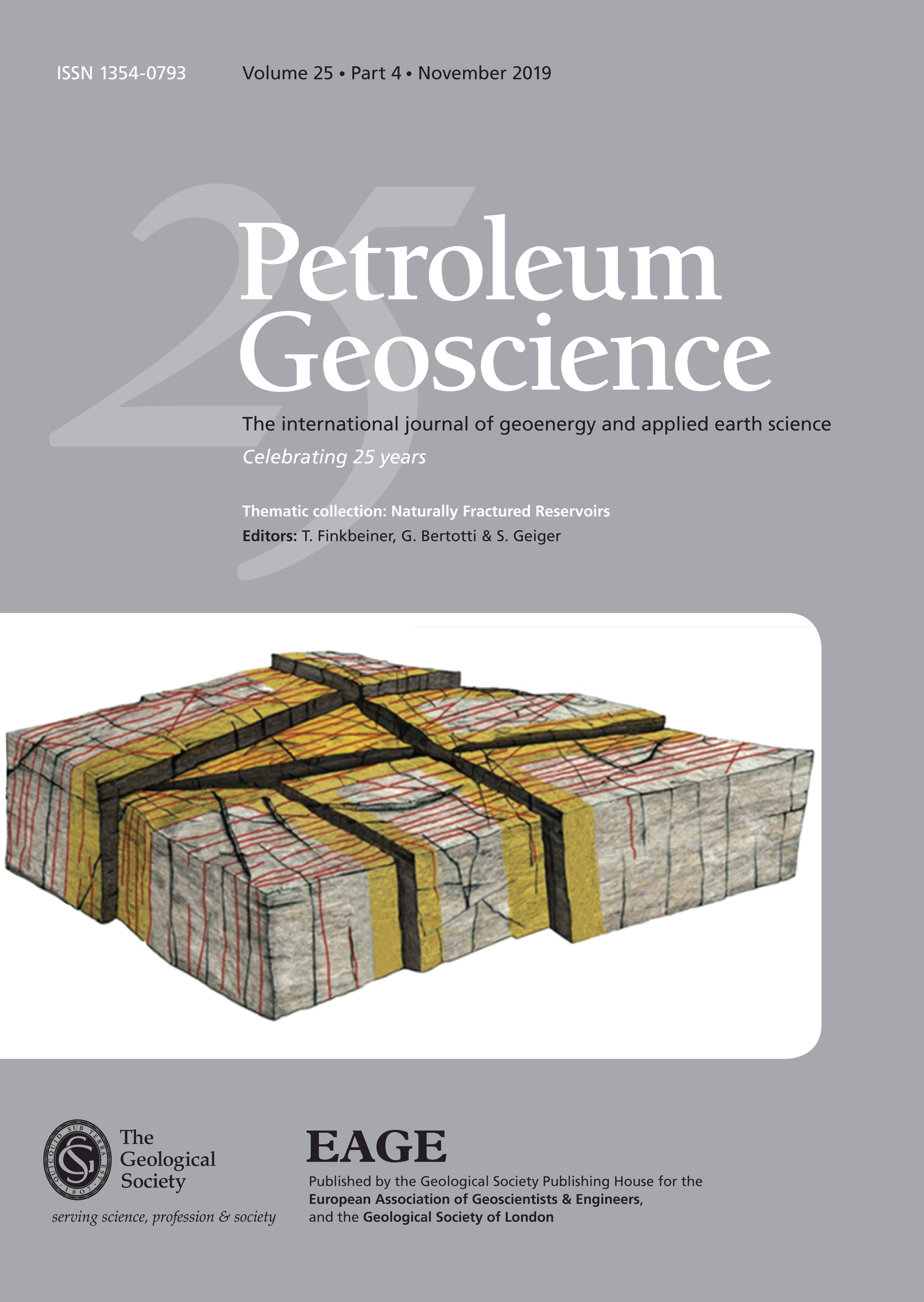-
oa An integrated approach for fractured basement characterization: the Lancaster Field, a case study in the UK
- Source: Petroleum Geoscience, Volume 25, Issue 4, Nov 2019, p. 400 - 414
-
- 24 Oct 2018
- 18 Jul 2019
- 26 Jul 2019
- 06 Sep 2019
Abstract
To date, naturally fractured crystalline basement reservoirs (‘basement’) in the UK Continental Shelf (UKCS) have been underexplored and underexploited. Over the last 12 years, Hurricane Energy have explored and evaluated the potential of the basement play, West of Shetland. Data acquired by Hurricane Energy through drilling and drill stem testing of five wells on the Lancaster Field has provided sufficient insight into the reservoir properties of the basement reservoir that Hurricane is now progressing Lancaster towards the first UK basement full-field development. The development is designed to be phased with production from the first phase achieved in 2019. Fractured basement reservoirs require a specific approach when acquiring and interpreting formation and well test data. A multi-disciplined team ethic, carefully integrating these data while avoiding a siloed approach, has proved essential to understanding the behaviour of the connected fracture network. Hurricane incorporates drilling and mudlogging data, high-resolution gas chromatography, logging while drilling (LWD) and wireline logs, drill stem test (DST) and production logging tool (PLT) data to analyse and model the reservoir. It is the combination of these disparate datasets which is key to Hurricane's analysis and has led to the technical de-risking that has underpinned the final investment decisions leading to the first phase of the Lancaster development.
Thematic collection: This article is part of the Naturally Fractured Reservoirs collection available at: https://www.lyellcollection.org/cc/naturally-fractured-reservoirs
[open-access]



